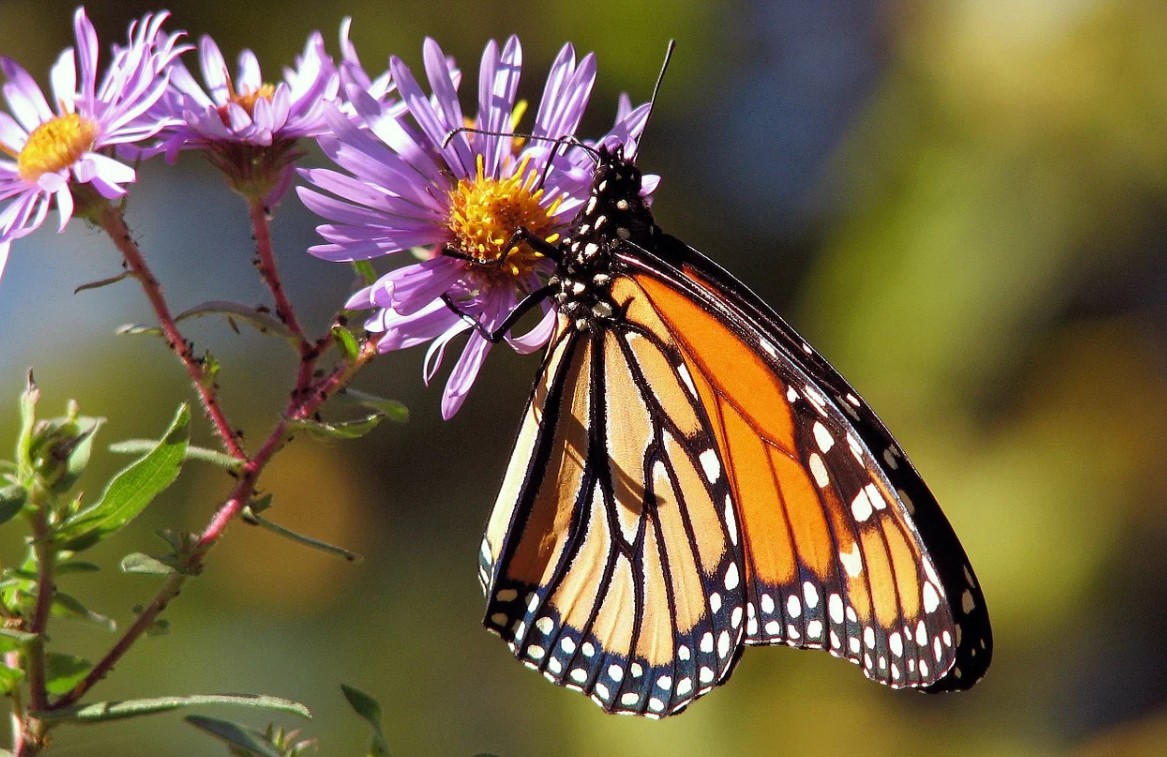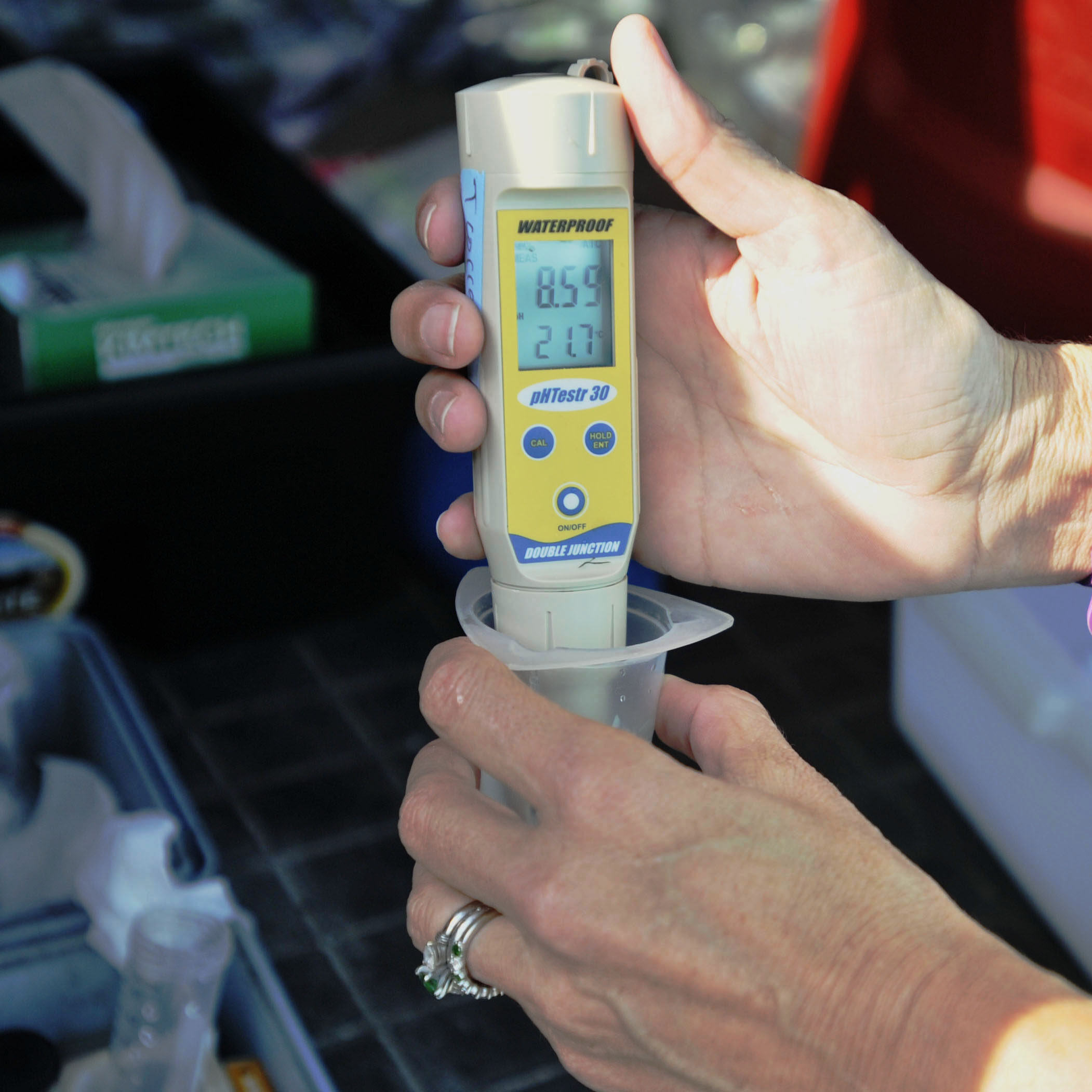Sample Projects
Still looking for inspiration after your brainstorming session? Here are some ideas!


PROBLEM: Scarcity of pollinators due to lack of habitat SOLUTION: Restore habitat for by planting a pollinator garden
Pollinators are often absent from places where the native plants they need are not available. Restoring those plants can result in return of the pollinators. It is important to research a particular pollinator species to find out what different plants it needs for shelter or egg laying, a food source for young, and a food source for adults, during the part of the year when it lives in the area.

PROBLEM: Soil is eroding from the banks of the stream SOLUTION: Plant seedlings to STABILIZE THE STREAMBANK
When there are no plants growing on the banks of a stream, soil is likely to erode and contribute sediment to the water. This increases turbidity, or lack of visibility, which affects underwater plants that need light in order to photosynthesize. Without trees growing on the streambanks, water temperatures are warmer, making the stream unsuitable for coldwater organisms such as trout. Planting black willow cuttings and other seedlings on streambanks can stabilize the soil, clarify the water, add shade, lower temperatures, and create habitat for plants and animals in the riparian buffer zone beside the stream.

PROBLEM: Nutrients in runoff are depleting O2 in streams SOLUTION: Add Alum to FLOCCULATE NUTRIENTS
Excessive Phosphate and Nitrate fertilizers can float away when it rains, washing into nearby streams. This influx of nutrients causes algae to grow suddenly. When the dense growth of algae dies, bacteria use large quantities of oxygen from the water to decompose it which, in turn, reduces the amount of oxygen available for fish and other aquatic organisms. This is particularly a problem in still ponds and slow moving streams. Alum can collect excess nutrients and make them settle to the bottom of the water. This solution can be dramatically effective but treats the symptoms instead of the underlying causes and is not appropriate for streams or ponds that are not on school property.

PROBLEM: Pollutants are dumped down storm drains SOLUTION: Educate prople that contents of storm drains are not treated before entering waterways
Many people do not realize that storm drains carry runoff water to the nearest stream without treating or purifying it. If the rain water flows across agricultural fields or yards on the way to the storm drain, it may pick up excess fertilizers, pesticides, animal manure, urine, and litter. Homeowners sometimes dump oil, grass cuttings, and waste directly into the drains, which flow to the nearest stream. Installing storm drain markers makes residents aware of this. The hope is that when people know better, they will do better.

Report a contaminated stream
Test a body of water for toxic and harmful chemicals, and then report the results to the River Keepers, for them to further investigate the source of the toxins!
Do you know what you want to do
to help solve a biodiversity problem now?
Back to the EXPLORE page to decide on and plan a project!
